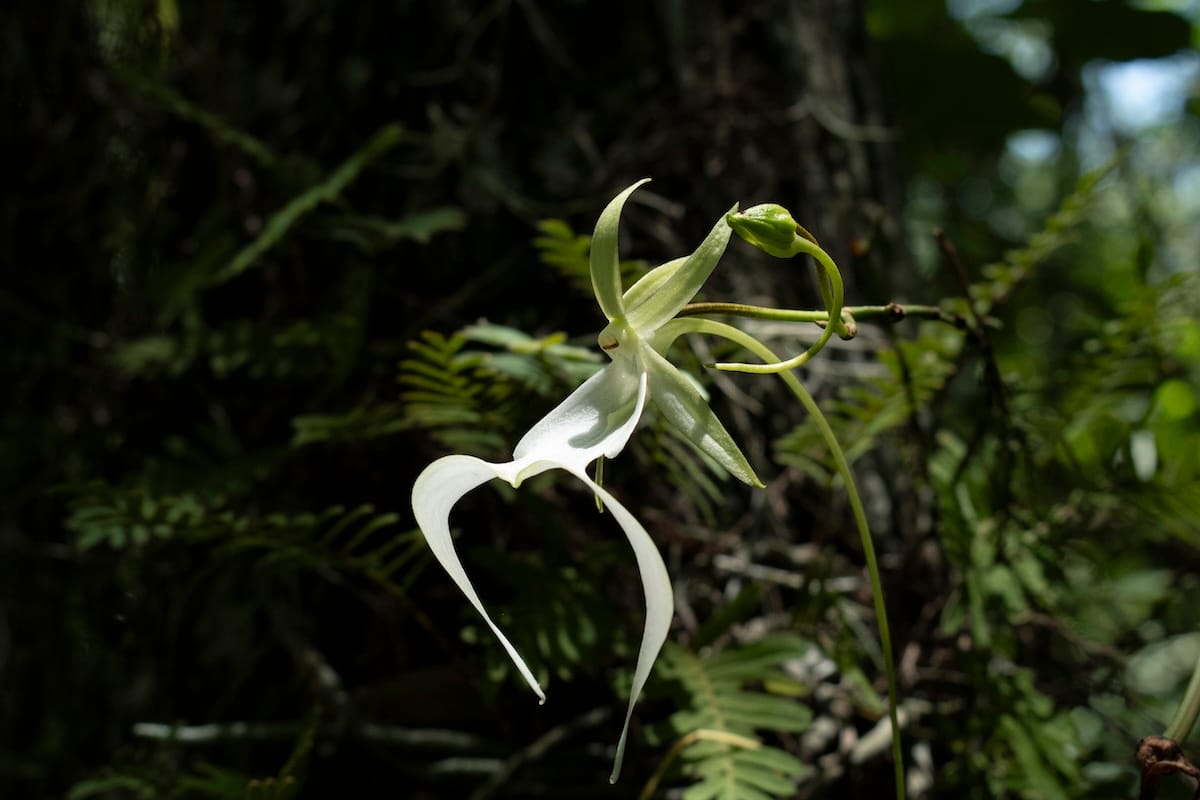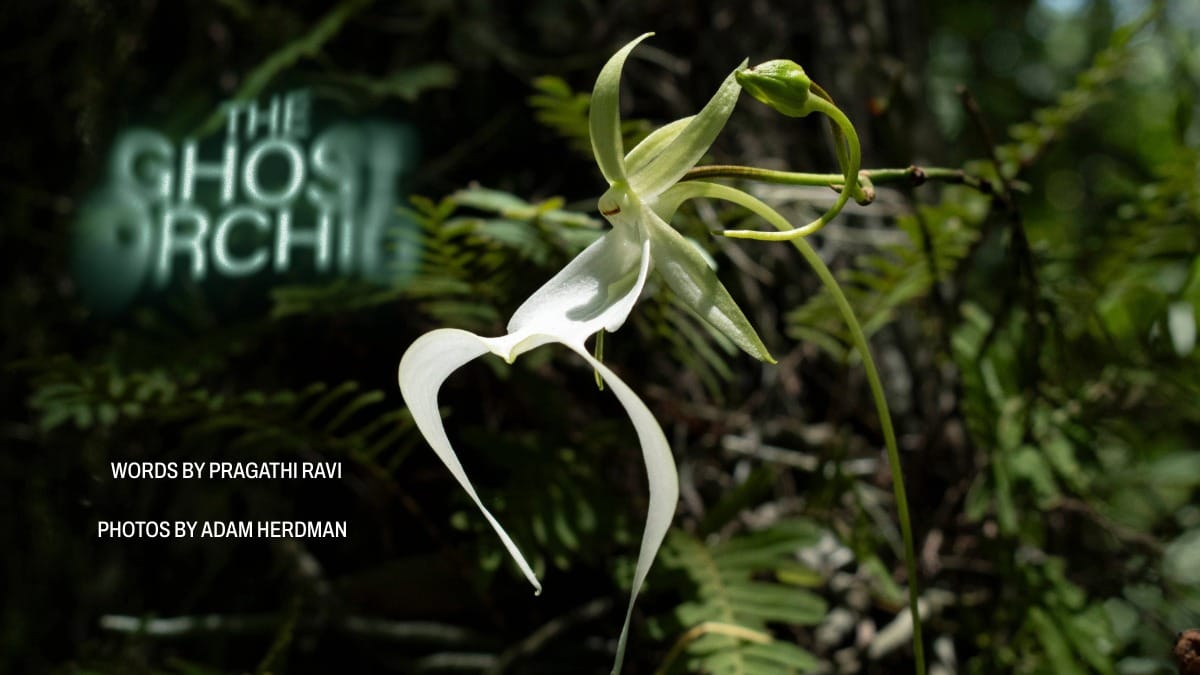
This story originally appeared in Issue No. 01 of Southlands, and like all of our stories, the experience is even better in print. Order your copy in our shop, and be sure to subscribe to receive the next two issues.
Adam Herdman is used to playing the long odds. On a recent winter morning, the biologist is in his lab, wearing a University of Florida cap and gesturing to a green speck, half the size of a grain of rice, resting in a petri dish on his desk. This is the ghost orchid, a plant that is fabled for its rarity: perhaps 1,700 live, mostly in the wild. If Herdman is lucky, his speck will turn into a swirl of pale, spectral petals—the striking floral form that is key to the orchid’s fame.
The ghost orchid (Dendrophylax lindenii) is an epiphyte, meaning it does not root in the soil but instead grips other plants. “This is what fascinates me—for most of the year, this ball of roots attached to a tree doesn’t look impressive. But for two weeks starting in July, it will sprout into the most amazing display,” Herdman says. The orchid takes sixteen years to reach maturity, only to bloom once a year for two weeks.
Also unusual is the fact that the ghost orchid is leafless; photosynthesis happens in the roots that help the flower cling to its host tree. To germinate, the flower needs help from both a fungus and an insect pollinator. “No sphinx moth, no orchid,” Herdman warns. For years, scientists believed only one specific species—the giant sphinx moth—was capable of pollinating the ghost orchid. But in 2019, photographers Mac Stone and Peter Houlihan documented the pollination of the famed orchid for the first time and noted a fig sphinx moth in their recording, upending the long-established theory of the sole pollinator. The saga indicates just how hard it is to study this plant.
Herdman’s orchid fascination was jump-started in 2016, when, as an undergraduate at Illinois College, he had the opportunity to accompany his professor Lawrence Zettler on a field visit to the Florida Panther National Wildlife Refuge to study the species’ most remote locations. (Zettler himself is a giant in the field, the originator of some of the most important ghost orchid fieldwork.)
His colleagues joke that, since Herdman is a sharp dresser, you’d never expect him to don rubber boots and wade through alligator-infested swamps. “But swamps took my heart,” Herdman says. Standing chest-deep in tea-colored water, having a ghost orchid stare at him right in the face, he couldn’t help but appreciate not just the flower’s delicate complexity but its tenacity. He returned for more studies both as an undergraduate and while completing his master’s at Southern Illinois University. Eventually, he decided to swap cornfields for the sloughs of Florida, where he is now completing a Ph.D. in environmental horticulture at the University of Florida.
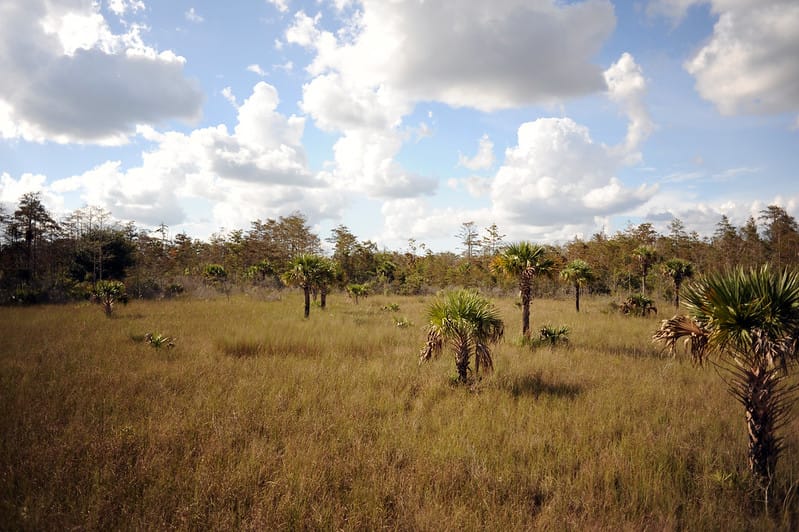
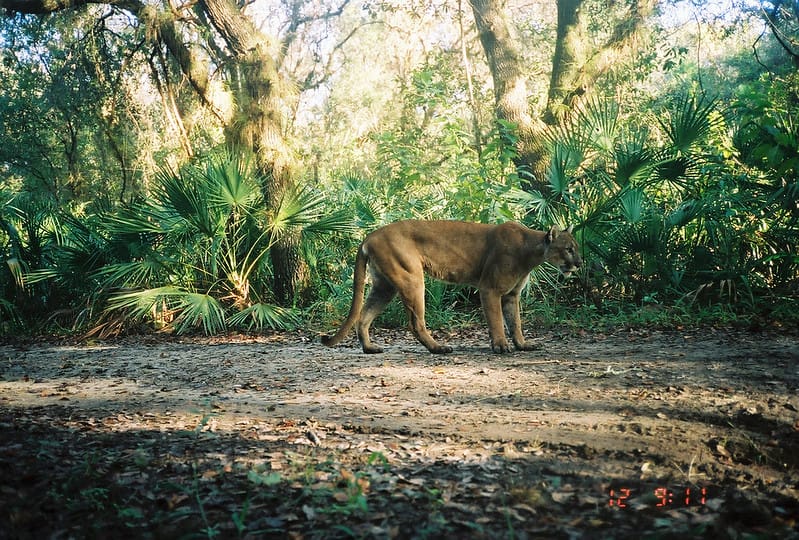
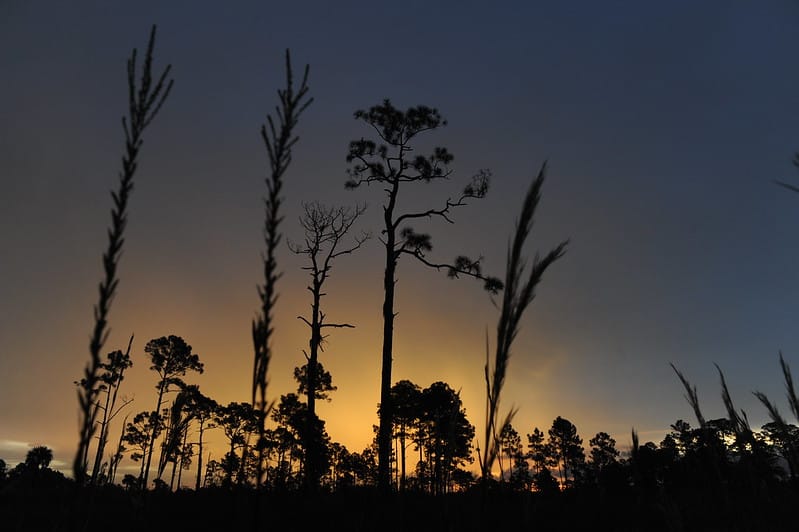
The swamps that took Herdman's heart are among the most striking ecosystems in the South. Photos courtesy of the U.S. Fish and Wildlife Service.
While fewer than one hundred fifty ghost orchids have been found in Cuba, southern Florida is their primary refuge, home to most of the extant population. Florida was once a vast expanse of shallow wetlands spread atop a low limestone shelf. (This helps explain why the ghost orchid evolved to grow on tree trunks: it would die on the flooded ground.) Before the nineteenth century, South Florida was filled with tall pines and seemingly endless cypress swamps. Most of the trees eventually fell to the axes of loggers. Over two hundred years, as the state developed, about half of its wetlands were logged and drained. By 1987, Florida’s plywood mills were believed to have chewed through 13.1 million cubic feet of cypress wood. Data from the Global Forest Watch indicate a 29 percent decrease in tree cover in Florida in the new millennium alone, a loss of more than 5 million acres. But in the refuge where Herdman’s research began, there are still long channels of the remaining trees following the waterways that snake through the reserve.
The loss of the wetlands means the aquifers, too, get drained, and increasingly dry weather adds to the pressures. The orchids are also threatened by human poachers, who, lured by the flowers’ mystique, collect and sell the orchids on the black market. There’s an irony here: part of the ghost orchid’s ghostliness is its rarity, and as we make it rarer, that further increases its appeal.
The precarious state of the ghost orchid should be a call to action, scientists say
In June, after years of legal pressure, the U.S. Fish and Wildlife Service determined that the orchid’s rarity warranted protections under the Endangered Species Act; the agency was accepting public comment until early August, as this magazine was going to press. At the same time, though, the Trump administration has been trying to reinterpret one key word in the act, “harm,” in ways that could protect less habitat. No matter what comes next, the ghost orchid’s survival depends on a small pool of scientists who continually traverse these swamps to check on the flower.
After years of studying the ghost orchid in the wild, Herdman is now focused on conservation efforts inside the laboratory. “I started working in the lab with the species because only under sterile conditions can we make sense of the observations made in the field,” Herdman explains. There are so many factors that play into the flower’s survival in the wild; in the laboratory, Herdman can analyze these factors one by one. Still, it may be an even trickier task than observing the species in the wild.
First, Herdman explains, his team must grow the ghost orchid in a sterile dish until it matures. Then the flowers are transported to a greenhouse where they hang on a burlap sheet. Once Herdman deems them ready, the ghost orchids are attached to trees in the wild.
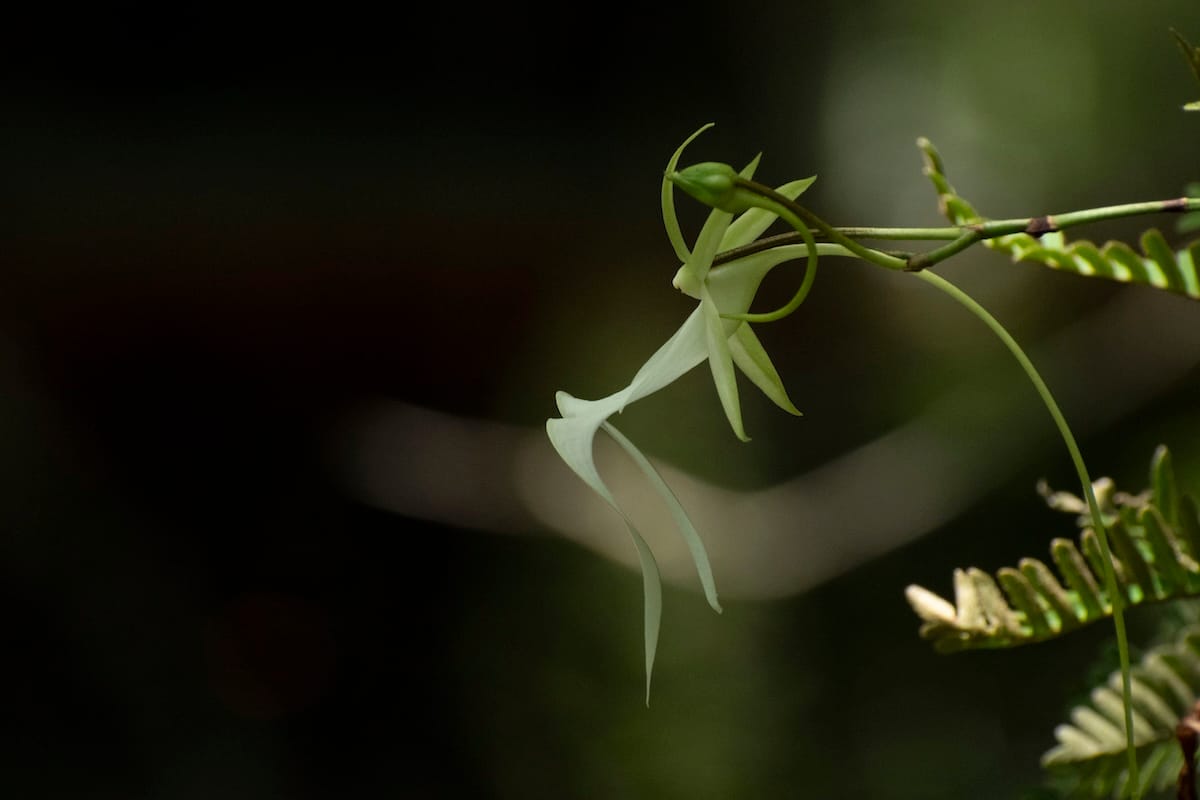
The groundwork for this process was laid by Herdman’s predecessor, Michael Kane, a University of Florida colleague, now retired. Other scientists had grown the ghost orchid alone in a laboratory, without the fungus that helps the flower establish itself on trees. Kane was the first to grow the orchid symbiotically with the fungus—the first ghost orchids that could be reintroduced to the wild, then.
Herdman returns to the swamps every few months. When he’s ready to transplant his lab-grown orchids, his team arrives at the refuge at 7 a.m. for a full day of work. “We have to work fast because you have only about a month when all the flowers are out,” he says. Unfortunately, these field studies have revealed that the lab-grown plants do not seem to be reproducing in the wild. “We put out 123 plants in 2018; this year, only 24 left,” he says. Still, that’s something: those are “twenty-four plants that were not there before,” he says, satisfied. He is now studying the genetics of wild populations using samples his team has collected. He hopes this analysis will reveal why the transplants are struggling.
Zettler, Herdman’s mentor, calls orchids “one of nature’s canaries in the coal mine”—plants that are sensitive to subtle environmental changes, and so among the first to disappear when things go wrong. The precarious state of the ghost orchid, then, should be a “call to action,” Zettler says. “Its steady decline is troubling, and now is the time to act.”
This story originally appeared in Issue No. 1 of Southlands.


